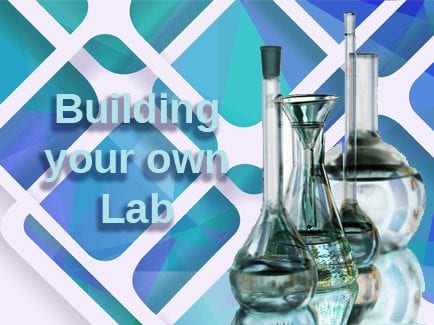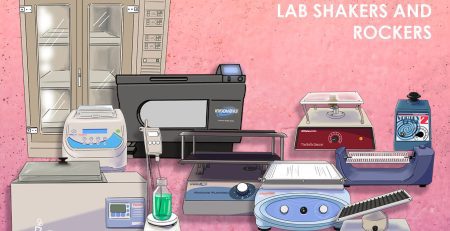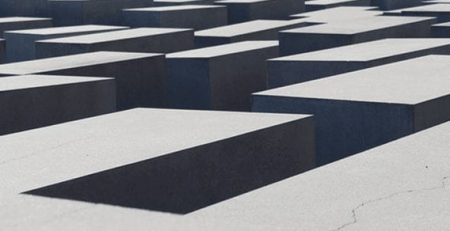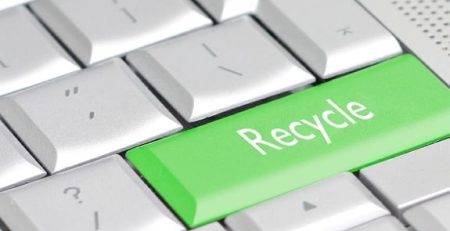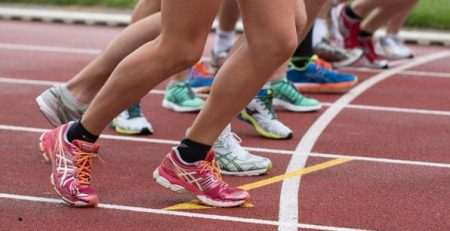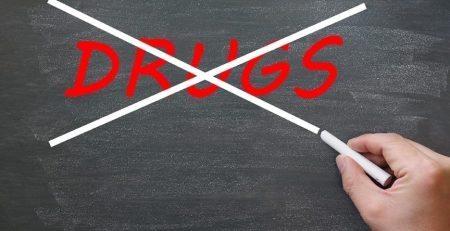How to Build a Laboratory
Depending on the type of tests you plan on conducting in your laboratory, certain requirements may need to be taken into consideration. Before you get to that however, there are certain steps that are key to setting up any laboratory.
Step 1: Choose a Location
Location is more than just where the laboratory is physically located on a map. Ensuring that the space you select has the capabilities to support the equipment necessary to run the tests necessary to support your business is key. This means not only making sure the space is physically large enough, but also has access to enough electrical outlets and power to support the equipment you need to run your lab’s equipment.
Counter space is also some that is very important, but also often overlooked. You won’t just need space to conduct work and utilize equipment, you’ll also need plenty of space to store items you’ll frequently be using, such as glassware and chemicals. Well-ventilated and temperate areas are especially important for chemical laboratories. While basements may be a more spacious option, they can often create climates that can be tricky to control and maintain. Available light and water sources are also important aspects to consider.
Step 2: Obtaining Lab Supplies
Identifying the purpose of your lab is the first step when obtaining laboratory supplies. A biology lab and a chemistry lab require completely different supplies and equipment. More complicated research requires highly-sensitive measuring devices and analytical equipment. Once you determine the type of tests or experiments your lab plans on conducting, purchasing essential supplies and basic equipment and tools is the next step. As you get more comfortable conducting experiments and in the lab space, you can consider buying more advanced equipment.
Step 3: Ensure Your Lab is Safe
One of the most important aspects of laboratory safety is investing in the proper equipment to keep you safe while you’re working. Latex and nitrile gloves, goggles, closed-toe shoes and long pants are standards to ensure your skin and eyes are protected. Long hair should also be tied back. Any necessary chemicals need to be labeled appropriately and stored safely, and a fire extinguishers and fire system, ventilation systems, eyewash stations, and showers should be placed at the recommended postions and distances around your lab.




